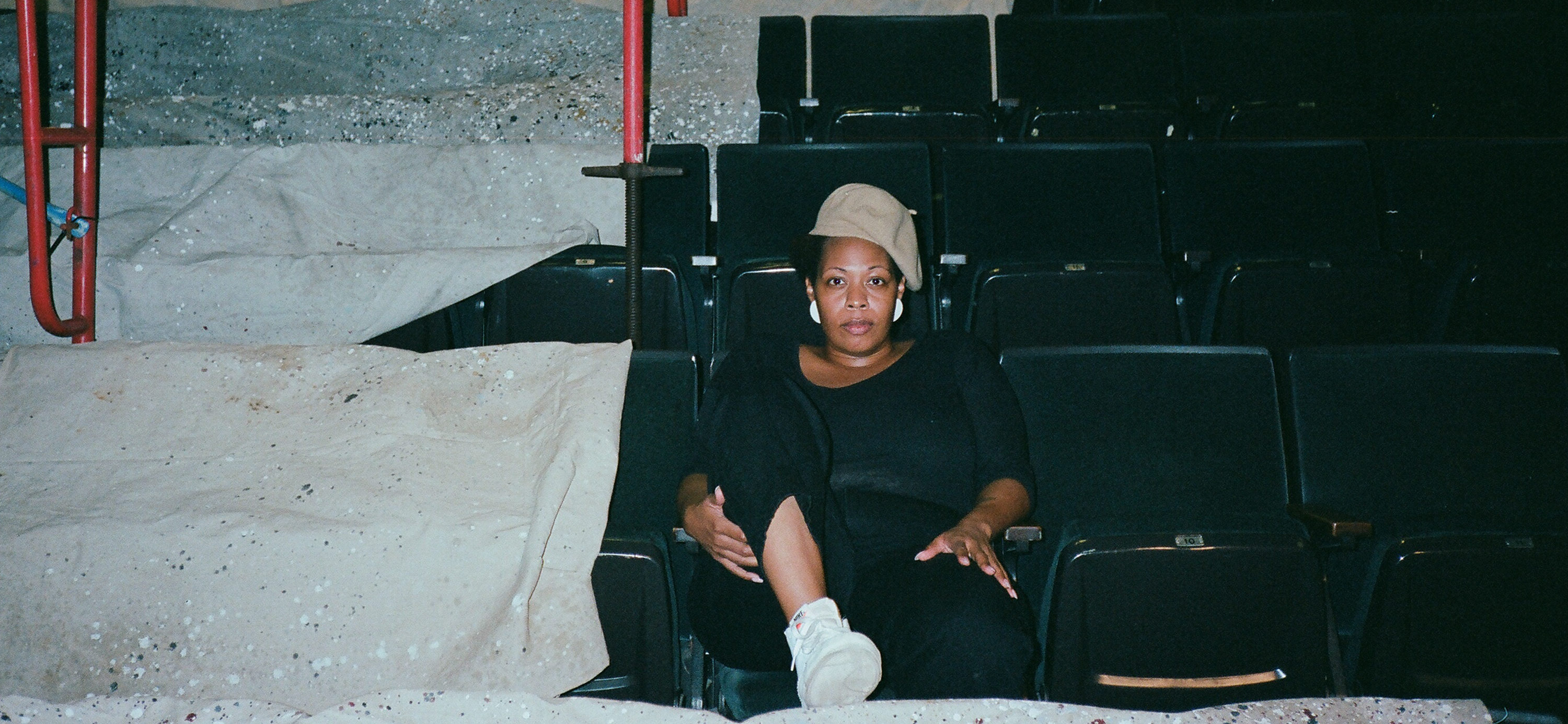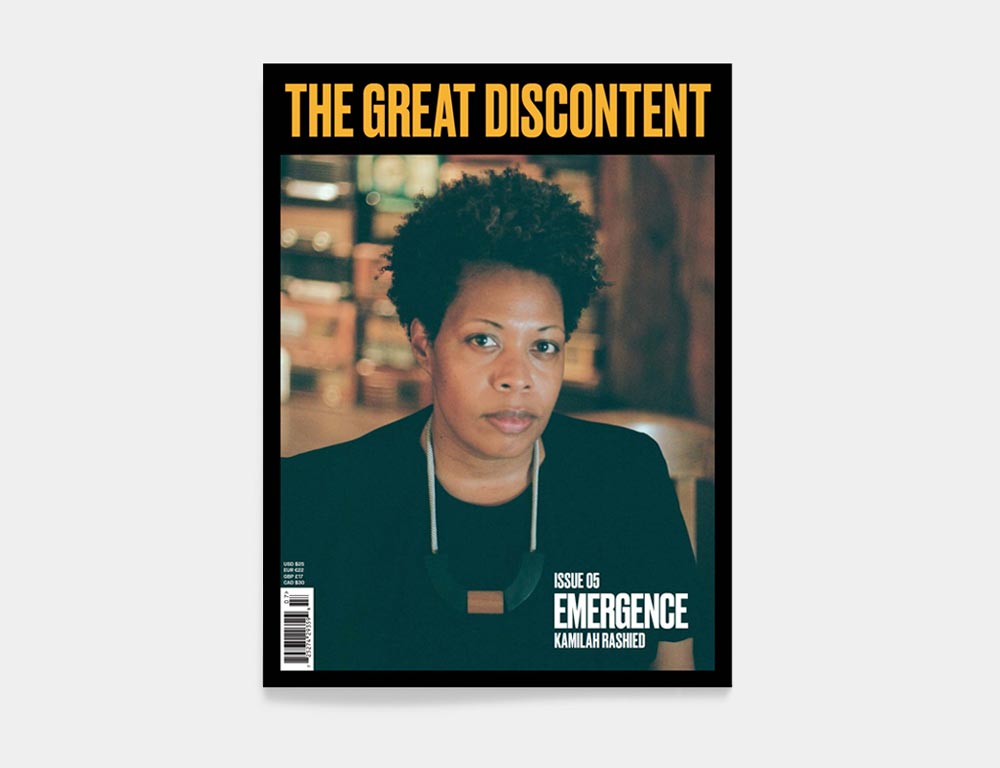
Emergence Issue: TGD's fifth issue features a dynamic group of 15 creators who are deeply committed to addressing systematic challenges in their communities through creativity and emerging ideologies. Buy Now
What would excite you to talk about today?
Human potential. Possibility. That’s always made me happy, even as a kid. When other little girls were playing with dolls, I wanted to be Indiana Jones. He could go anywhere and do anything. He could navigate foreign places. There was something philosophically important happening connected to seeking treasure and human possibility in those movies.
Can you share a little bit about where you grew up?
I was born in San Francisco. My mom and dad were both adventurous. I’ve inherited that spirit. We eventually settled in Decatur, Georgia. I deeply appreciate that small-town experience. Small towns leave a lot of room for fantasy and imagination. Even though I live in a big city, I’m very country in a lot of ways. [Laughs] I still need to be in nature and the slowness of the South.
I had the same group of friends through high school, walked to and from school every day, went to the library every day after school. We were occupied and safe.
I thought every town had a librarian who will find all the books for you or a candy lady where you get your dill pickles. I grew up in a neighborhood where neighbors talk to each other over their fence. All the kids play kickball and ride bikes and get dirty and catch lightning bugs together. It wasn’t until I was older that I realized how special it was.
So much emphasis culturally is put on the shadow side of small towns. I think it’s beautiful to think about the brightness, the imagination that can emerge, the connection.
At some point, I’m gonna want to return to the country. When you grow up like that, digging for gold in the red Georgia clay, playing in the creek, that never leaves you. Once you get out in the world, you have a deeper appreciation for how important that engagement is. That’s a relationship we’re all made to have with the natural world. I think we lose something when we don’t have that. I work with a lot of young people who have never left their urban block.
Talk to me a little bit about the people and the influence they had in helping you define the way you think about creation as an exercise.
In any Black community in America, women are the sustainers who problem solve. They created possibility, particularly when there seemed to be none. They somehow created a feast for a family celebration on a shoestring, made old shoes look new, used grease and a hot comb, and got you shiny as a new penny. Black women were in charge. Only occasionally did something from the outside world disrupt that understanding. Even then, a part of my brain rejected it. I came into the world thinking that I could make things possible even if I don’t have everything I need. The women of color I know are so powerful and a constant source of inspiration and possibility in the same way.
Is making something of nothing or seeing possibility everywhere around you about creation or observation?
I would say it’s a necessity. When I think about the fact that my mother’s mother’s mother was born into chattel slavery, it’s a miracle. My uncle once said, “Sweetie, we came from a dirt floor.” The American condition forces a certain alchemy on you. You don’t really have a choice. You have to make gold out of straw. The amazing part is that Black Americans actually do that.
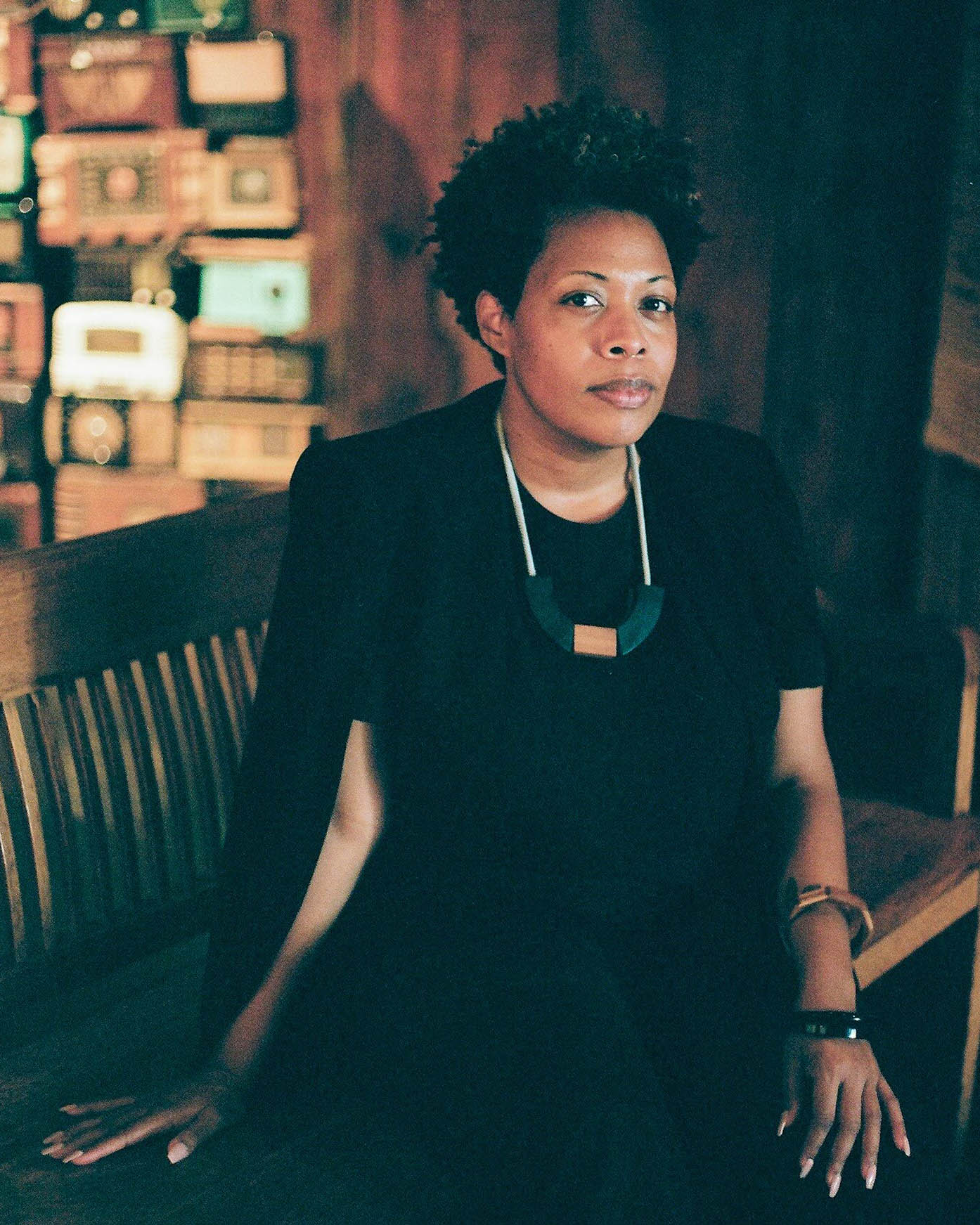

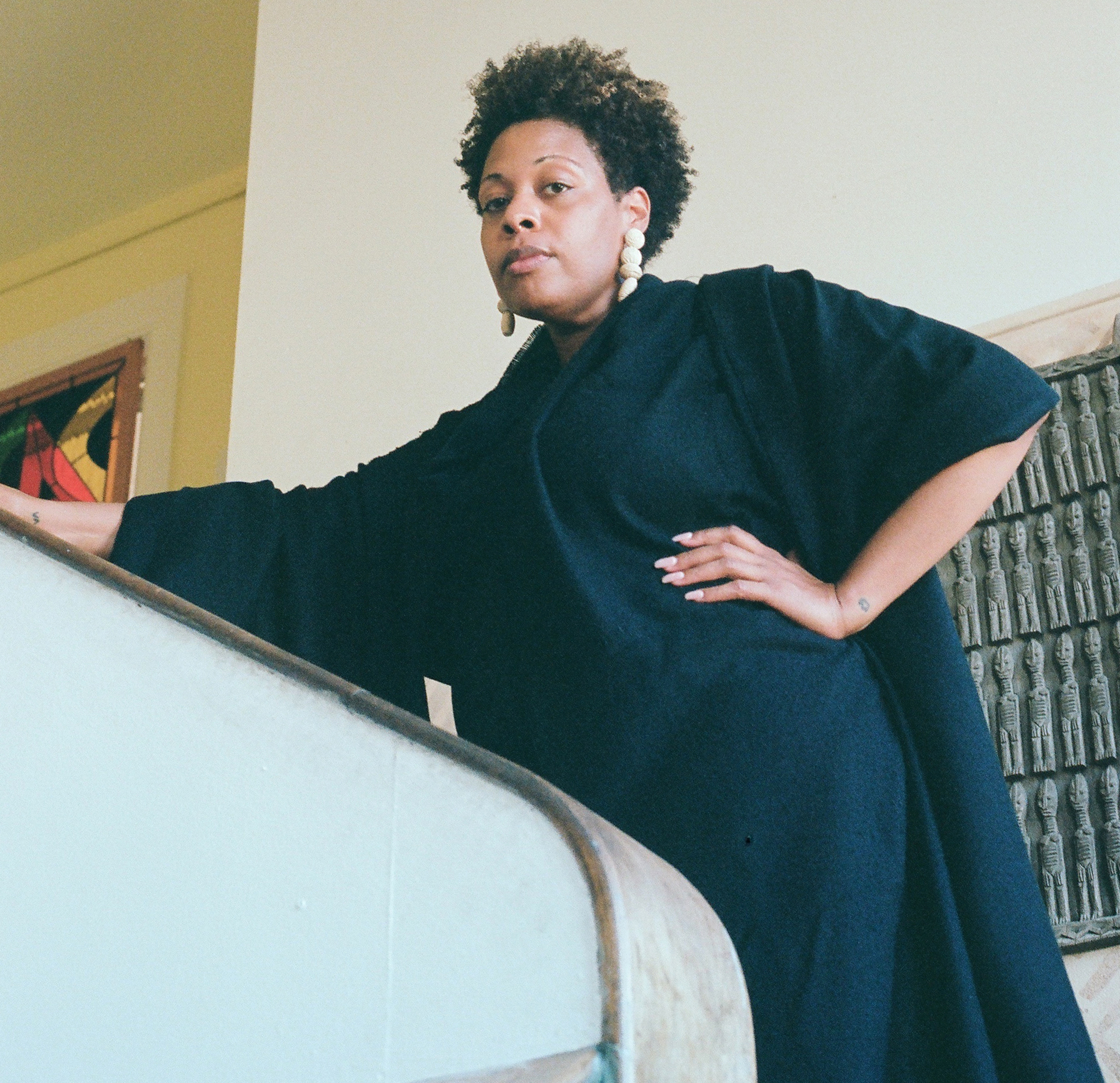
Talk a little bit about what brought you to Chicago and how that serves as your community, currently.
Chicago chose me. Sometimes the things you want for yourself are so much more humble than what life has in store. I was stagnating in Georgia. I didn’t have a sense of direction. I was going to Georgia State and skipping most of my classes to go to art and theater classes.
I remember being on a walk with a friend who told me: “Even when you walk, it’s definitive. You should not be wasting away here.” And I was like: “I know, but I don’t know what to do. Tell me what to do.” And he was like, “Nobody can tell you that.” I quite serendipitously woke up with a brochure for the [DePaul] theatre conservatory program stuck to my face. Upon peeling it off and staring at it, I decided, “I’ll do that.” It was a miracle that I was messy enough to just dump my mail where I was sleeping and then lie on top of it to wake up with it stuck to my face. I could have ended up anywhere with whatever was stuck to my face that morning. [Laughs]
I had never been to Chicago.
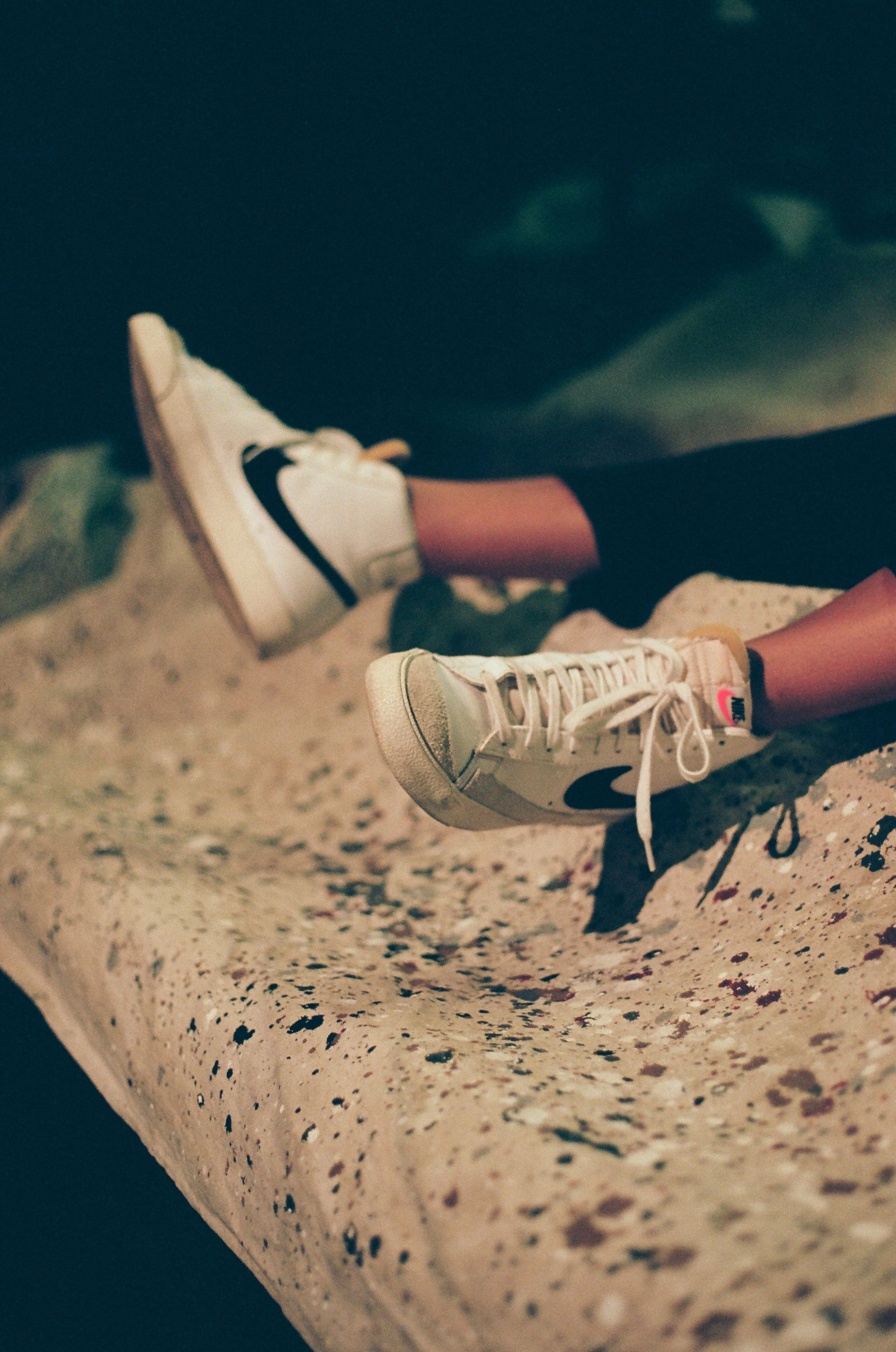
Were there specific experiences or moments that were those key validations?
For a very long time, I was more self-conscious than I was self-aware. I was aware of all my deficits. But I had a lot of respect for the people I was around. Just being in their company was a self-esteem boost for me.
I grew up in a community where people were more concerned about girls avoiding teen pregnancy than chasing their dreams. The bar was so low that everything that happened to me felt like a gift. I couldn’t locate my own labor and talents in that equation.
That’s the information young people of color get in this country: everything you offer them is a gift. Our charity is being bestowed upon you. Along with that comes the harmful assumption that we can’t succeed without it. I grew up thinking that I was the beneficiary of incredible charity as opposed to an active participant who had potential.
The turning point for me was the department that I lead now. I was a teaching artist, and I wanted to bring arts to the young people in the Black community. The program was so heartbreakingly colonialistic. This was the very early beginnings of community-engaged work.
I experienced so many moments of racism, classism, and cultural incompetence. It broke my heart. I worked in schools that felt like prisons, not schools. These young people were in such harrowing situations. I cried every day to and from work.
I’ll never forget this because it still hurts me. When I told the kids I was leaving, their general sentiment was, “Yeah. I wouldn’t wanna be here either if I had a choice.” I decided to come back to lead this department because of that experience. Sometimes your calling is bigger than you.
I was deeply mad because I was surrounded by people who couldn’t imagine that young people of color already have a culture and a voice that is urgently needed and already available. What they need is to be advocated for, supported, and expedited—not have crumbs thrown at them out of our colonial generosity. Young people can save themselves. It’s our job to get behind them and do what we can to support them.
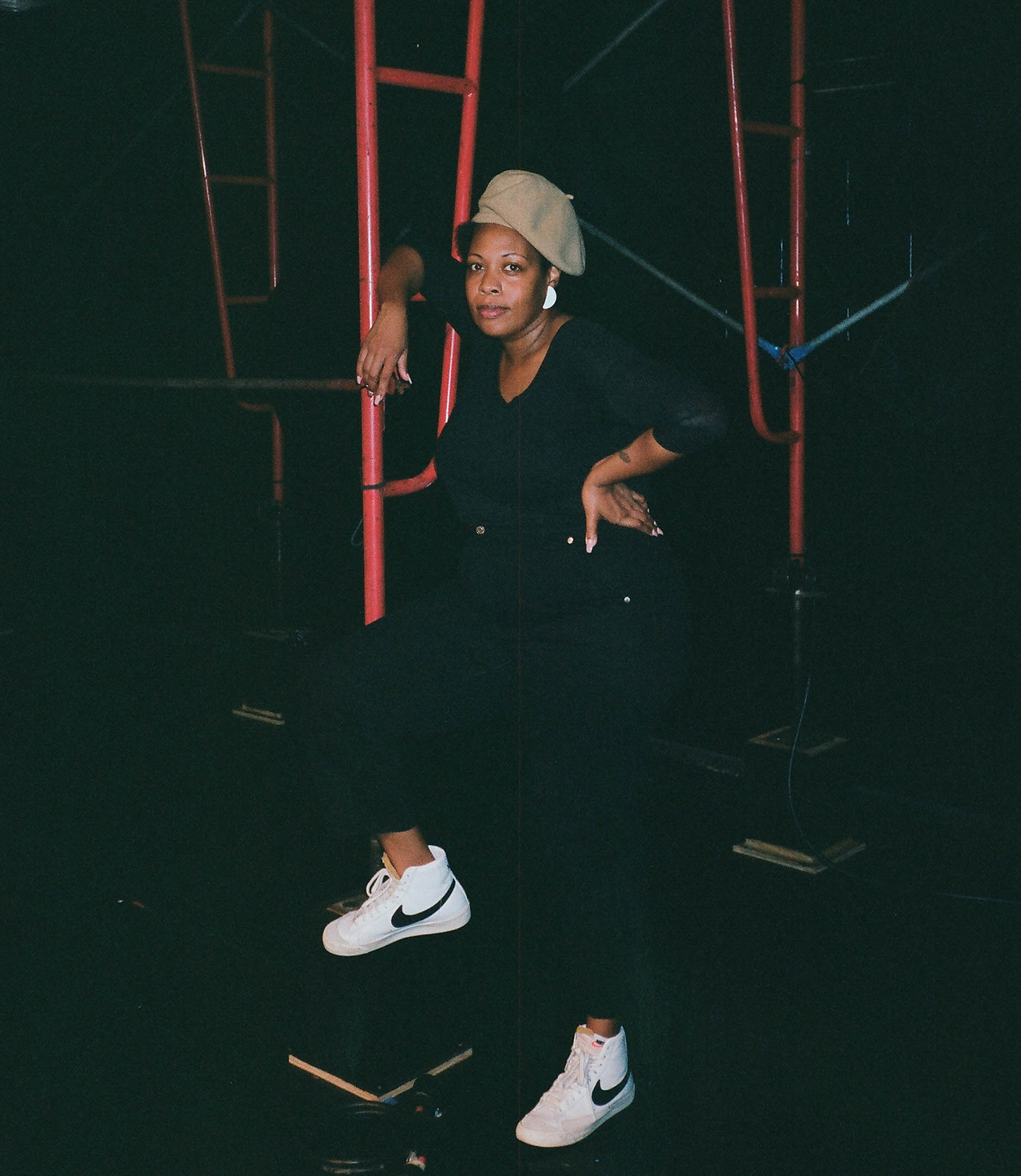
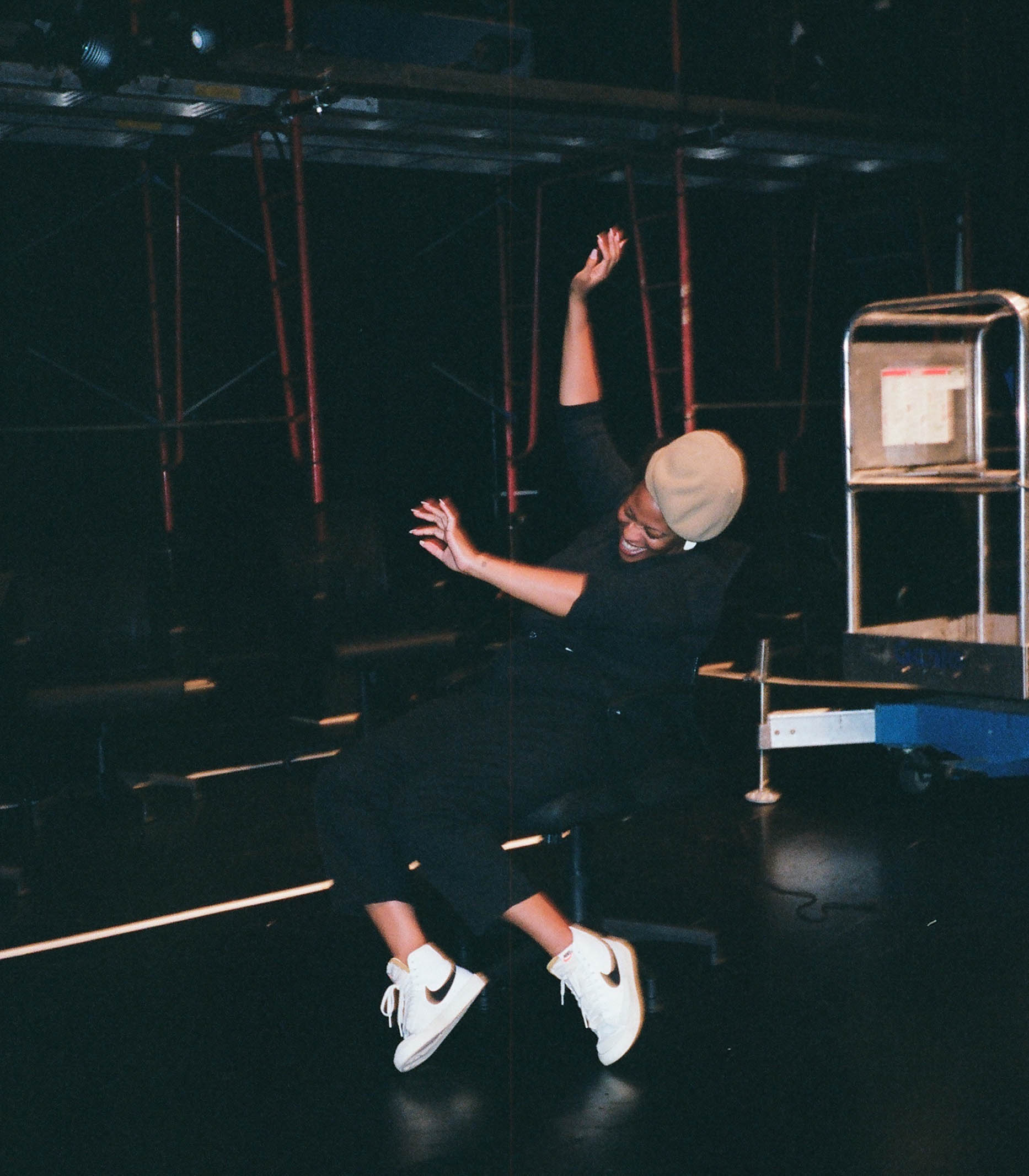
Your work today, what does it look like? How would you describe the multitudes it contains?
A term I’m using is cultural engineer. I grew into my career as an arts administrator by making youth-focused projects and doing arts education, but I also tinker with the inner workings of cultural organizations to be more equity-facing, lower barriers to access, include more marginalized perspectives, hire more people of color, center more artists of color. I never really had to give up either.
I show up in a lot of different spaces—convening funders who are trying to course correct the legacy of disproportionately funding mostly white institutions, participating in grant panels to advocate for new, less-recognized artists who need the same support that they’re giving to more established artists, nonprofits in the community.
If a major institution is making decisions, I make sure that artists and young people of color are folded into that framework. Not forgetting queer voices and intersectional voices, too. Making sure that we make room for young women in leadership. I refuse to give up on my 12 agendas. [Laughs]
I’m the person who tries to get grass tops to touch grassroots. I’ve worked for major institutions where the practice and history have neglected communities of color. I do community-based projects bridging knowledge of the big institution and what is happening at the community level. They call me when they are trying to close the gap.
I am most interested in making sure that young and marginalized people can advance their own work and initiatives in their community in a way that represents their cultural backgrounds and interests.
It sounds like you embrace and feel comfortable in that role as a bridge within your community, for people who are working at different altitudes.
I end up doing a lot. I also run an education department that does outreach to the South Side in Chicago Public Schools. I’m meeting with teaching artists about making empowered curriculum that centers people of color and connects with their lived experience inviting them to tell stories of their own.
I kind of spin eight plates at a time because I have learned that sometimes all I have to do is spin the plate one time for it to spiral in a beautiful direction without me having to see it through to the end. If I had two of me, I would do twice as much. But I’m most powerful when I’m not exhausted. I have to set boundaries so that I can show up for people fully.
As the second wave of Black Lives Matter was becoming global, so much attention was coming towards me from my city because of the advocacy I had been doing. Everybody wanted to put a mic in my face. I found myself aware of that and thinking, “What are you gonna do to make that part of your service?” I’m thinking about who should come with me and who should be included. I’m gonna insist that we make room for intersectional artists as a part of speaking publicly.
“A powerful motivator for me has always been my heartbreak. The work I do heals me, too. I try to interrupt the false narratives that young people are receiving. I want everyone to feel like they are possible, that they don’t need permission to be as imaginative and ambitious as they wanna be.”
When you think about the young people who are in this collaboration with you, what are your hopes for them?
A powerful motivator for me has always been my heartbreak. The work I do heals me, too. I try to interrupt the false narratives that young people are receiving. I want everyone to feel like they are possible, that they don’t need permission to be as imaginative and ambitious as they wanna be. They don’t need to wait on anyone to qualify them.
My mother sent me a Mother’s Day card last year and wished me a Happy Mother’s Day for all the young people I have worked with. Everything I’m doing is a tribute to my mother. So the fact that she could understand and respect my work in this way was just so beautiful.
